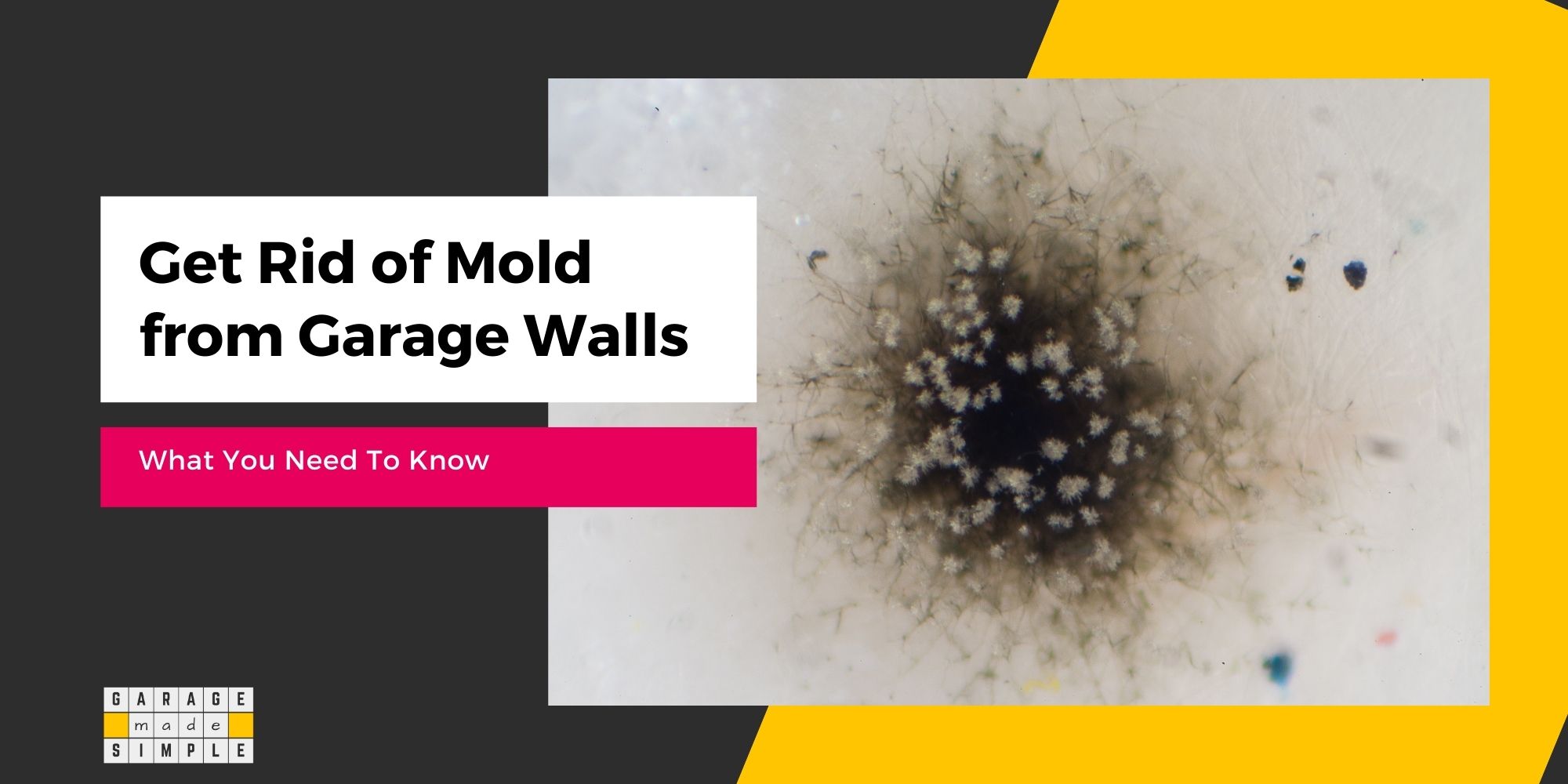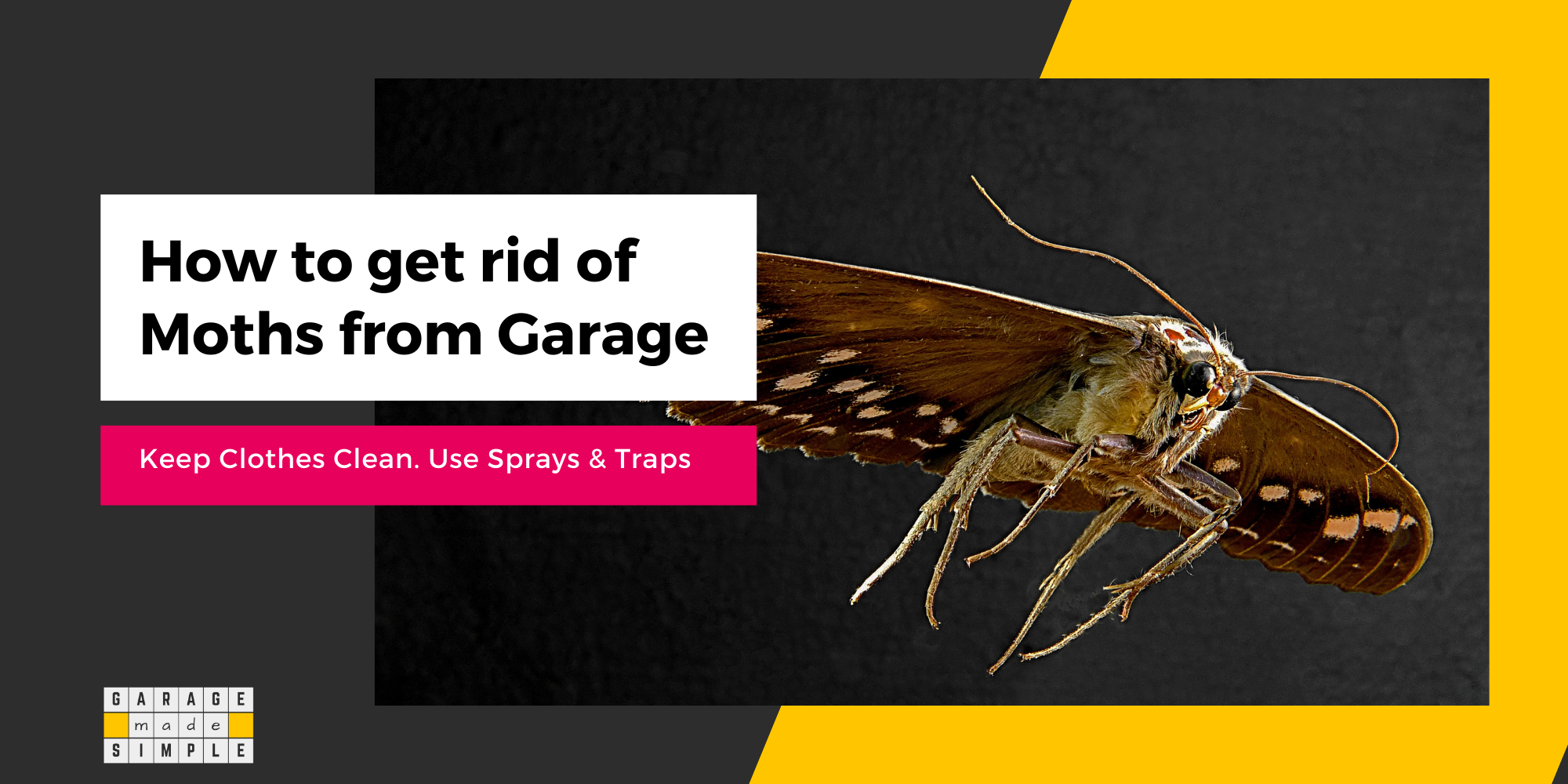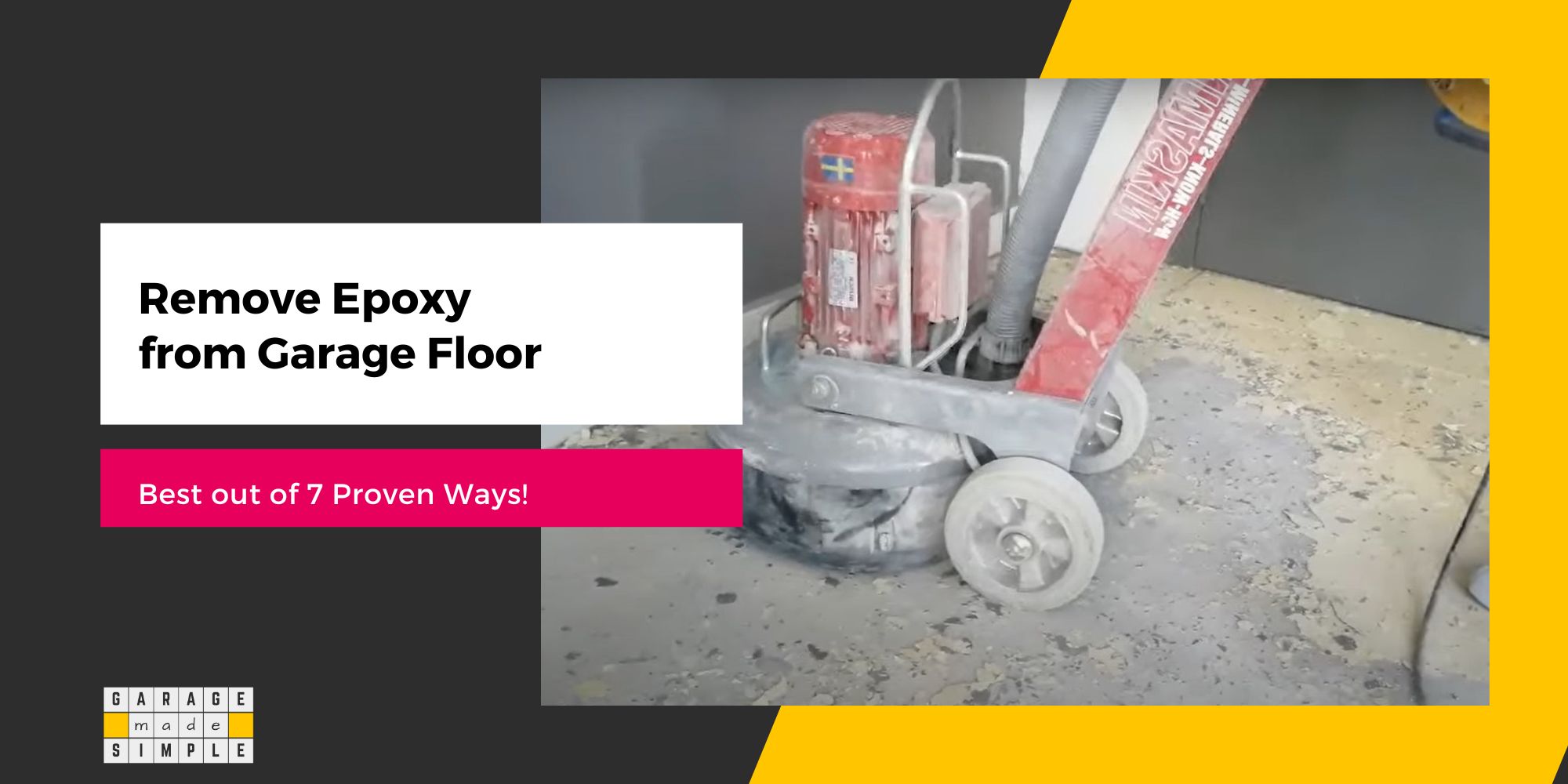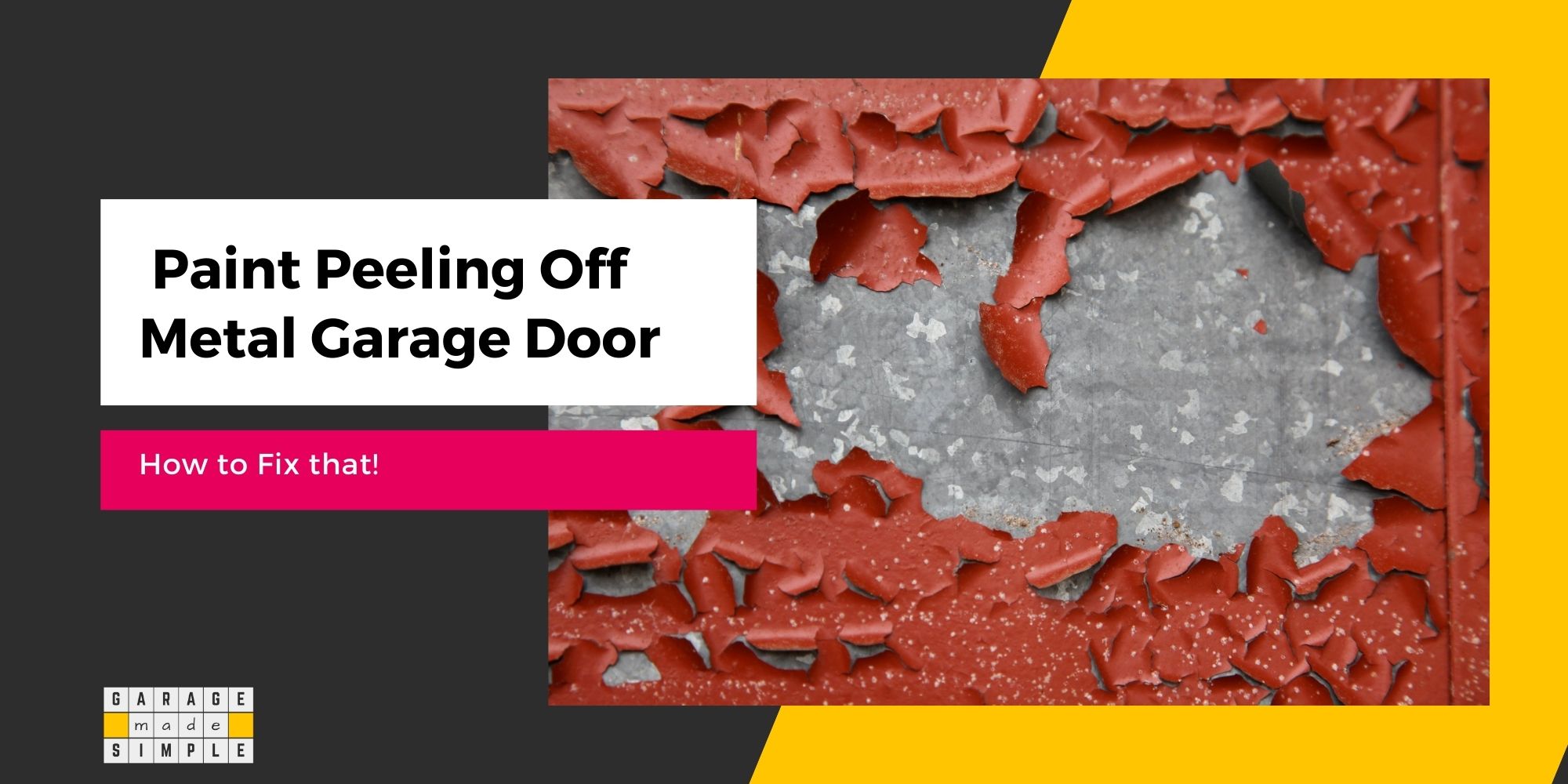Best Garage Floor Tire Runners & Mats
garagemadesimple.com is a participant in the Amazon Services LLC Associates Program, an affiliate advertising program designed to provide a means for sites to earn advertising fees by advertising and linking to Amazon.com . The website is also an affiliate of a few other brands.
Do Garage Floor Tire Runners Protect from Tire Marks?
Seeing tire marks on your shiny garage floor is heart wrenching! The question at the top of your mind, whenever you see those ugly tire marks is, “How do I protect my Garage Floor from Hot Tires?” Are Garage Floor Tire Runners a possible solution?
In this blog post I shall tell you all the important stuff that you need to know about Garage Floor Tire Runners. You will appreciate that the use of Garage Floor Tire Runners is a step in the right direction, but there are a few more things that you can do.
You have spent a great deal of money, time and effort doing up your garage floor. Of course you want it to look squeaky clean at all times.

Well, know your tire marks first. All tire marks are not the same.
To protect your garage floor from tire marks you need to understand the science behind tire marks. All tire marks are not the same. There is more to tire marks than meets the eye! So get to know the tire marks in some more detail.
What are the Different Types of Tire Marks?
All tire marks are not the same and they appear on different surfaces under different conditions and for different reasons. The four most common types are:
Skid Marks on Asphalt
When you drive on an asphalt road you will sometimes see skid marks. These are caused when a car has either accelerated rather rapidly, braked suddenly or swerved uncontrollably on the road.
Guess what? The tire marks were caused by the tires, but the skid marks are not part of the tires. They are a part of the asphalt.
Whenever a car accelerates, brakes or swerves, the abnormal friction heats up both the tires and the asphalt. The heat releases bituminous oils in the asphalt and they rise to the surface, causing the marks.
Skid marks can not be cleaned. They will only reduce over time as the oils dissipate. This can take months. On the flip side this is a great help to road accident investigators as the evidence is there for a while.
The tire marks that you see on your garage floor are not skid marks because you are unlikely to be having an asphalt garage floor. Moreover it is highly improbable that you would accelerate, brake or swerve violently in the confines of your garage.
The takeaway is that the tire marks on your concrete garage floor are not the same as the skid marks on asphalt roads.
Plasticizer Migration
Tire marks on concrete garage floors or driveways are caused by hot tires. Place your hand on the car tire before you start driving. The tires are cool to the touch.
Drive around for a few miles and touch the tires again. Now they are warm. In fact, if you have driven fast and some distance, the tires are so hot you can’t even keep your hand on them. The heat has built up due to the friction of the tires with the road.
Tire manufacturers use “plasticizers” in the rubber tires to soften them. When the tires are hot, these plasticizers can migrate from the tires to the concrete floor below.
You always park your car in the same spot in your garage. So the tires are in contact with the same area of the floor every night.
The migrating plasticizer builds up. Over a period of time you will see four tire marks at the spots the tires sit on the garage floor every night.
Not-so-fun Fact: Higher quality tires have higher quantities of plasticizers, so they are more likely to leave such tire marks.
Hot Tire Pick Up
But migrating plasticizers are not the only reason you can get marks from hot tires. Tires expand when they are hot. Once the car is parked, the tires cool down and contract.
Because of the weight of the car and the shrinkage of the tires, just a wee bit of the sealant film or the epoxy coating is pulled off the concrete garage floor. This builds up over a period of time as the car is pretty much parked at the same spot each night.
Just Plain Muck
The last reason you may have tire marks on your concrete garage floor is pretty straight forward. Roads are not the cleanest places around. They are covered in dust, oil stains, even roadkill.
Your tires are picking some of this muck as you drive around. And they are going to leave some of that on your driveway and your garage floor. They are easy to detect as they are streaks. Thankfully they are also not that hard to clean.
Will Concrete Sealer Prevent Tire Marks?
Using a Concrete Sealer on your garage floor will certainly help to reduce the chances of getting tire marks.
You need to seal your concrete garage floor; the first time after the concrete has cured and then after that maybe every 2 – 5 years.
Penetrating Sealers:
The penetrating sealer is your first level of defense against water getting into the pores of your concrete floor and destroying the concrete from within.
For dense concrete floors that have narrower capillaries, silane sealers are the most suitable. Penetrating sealers of course do not form any film, as tropical sealers do.
The next protective layer is a topical sealer. Topical sealers can be:
Thin Film Topical Sealers:
They are acrylics and can either be solvent-based or water-based. They leave a very thin clear film on the surface of the floor. The water-based sealer is convenient as it dries pretty fast.
However, as these form a very thin film they are easily abraded by vehicle or foot traffic. They have to be recoated frequently or must be covered with a protective covering such as a vinyl tile or carpet.
High Build Film Sealers:
These are usually Polyurethane or Epoxy clear coats. Traditionally they used to be solvent-based but now water-based versions are available and proving to be popular.
Epoxies are harder and can handle impact better. (On the other hand PU is softer and can handle scratches better). Epoxies are the preferred sealer for concrete garage floors.
Sealed surfaces can be overcoated with epoxy topcoats to provide very attractive and durable floor finishes for the garage floor. Anti-slip aggregates can be incorporated for safety.
How do I Protect my Garage Floor from Tire Marks?
Plasticizer migration from the tires, scuffing due to tire shrinkage and dirt pick up from the road, are all playing a role in leaving those ugly tire marks on your concrete garage floor. The first and the most important thing that you can do is to have a really smooth and hard coating on the garage floor.
Epoxy Sealer & Top Coat
Epoxy coating is your best bet, though other popular coatings such as polyaspartic and polyurethane come close. Polyaspartic and Polyurethane are hard but flexible.
However, epoxy is really hard & brittle and smooth & glossy. These features are helpful as epoxy floors pick up very little of the tire chemicals that are released when the tire is hot (known as plasticizer migration).
So to minimize the possibility of tire marks due to plasticizer migration, seal your concrete garage floor with a penetrating silane sealer, follow it up with a topical epoxy sealer and finish off with an epoxy or PU topcoat.
Color & Flecks
Try using a dark color for your epoxy top coat. The faint tire marks will not show up so easily. Black and Dark Grey are great colors for garage floors to camouflage tire marks.
But they are very industrial looking and boring. So bring in some creativity and pops of color. Add squares or stripes of golden yellow or orange to give your garage a vibrant look.
Use of colored flecks sprinkled on clear top coat is another great way to recoat & make your epoxy floor sparkle and at the same time camouflage tire marks.
What do you Put on a Garage Floor under the Car?
There are a few options available.
Garage Floor Tire Runners
Epoxy Floor Protector Strips are basically Garage Floor Tire Runners. They add 50-mils of protection to your expensive epoxy floor, painted floor or concrete.
Garage Floor Tire Runners add a layer between your Tire Chains or Studded Snow Tires and your flooring, helping to protect your investment in many ways including tire marks.
Epoxy Floor Protector Strips add 50-mils of protection for your Garage Mat, expensive epoxy floor, painted floor or concrete. Tire Chains and Studded Snow Tires, designed to bite into snow and ice, also bite into and wear down your Garage Mat or garage floor.
Garage Floor Mats
Using Garage Floor Mats or Tiles is one of the ways to keep your floor looking beautiful. It is one of the useful ways to protect the floor from tire marks.
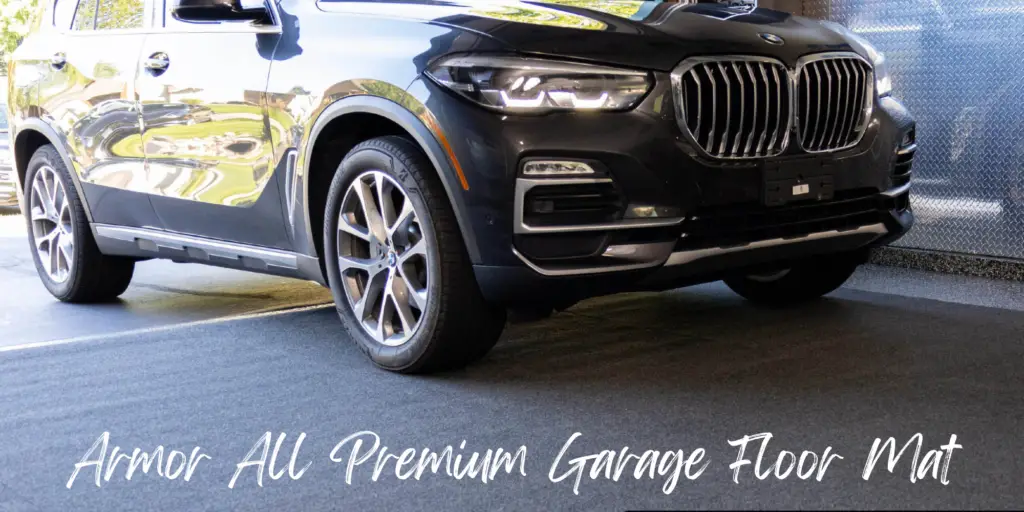
Check out Armor All Premium Original Garage Floor Mat. It is one of the best garage floor mat in the market.
Armor All Premium Original Garage Floor Mat
- An affordable alternative
- Absorbs liquids and wicks away moisture
- Waterproof/Slip-resistant backing
- Premium material features a new ridged design to help catch dirt & debris
- Installs in minutes, with double-sided tape
- Easy to clean – Power wash or hose off
- Made in the USA!
Another option is to go for specially engineered 100% solid polyvinyl garage floor protector mat. G-Floor Lite Diamond Tread Pattern Slate Grey Vinyl Rollout Garage Flooring Protector Mat for The Garage and Beyond is a great option.
G-Floor Lite Diamond Tread Protector Mat
- Diamond Tread Rugged texture for traction and slip-resistance.
- Install over concrete or wood sub-floors to protect them
- DIY installation, roll out, and easily cut and trim for a custom fit using a utility knife.
- Solid polyvinyl all the way through, no layers or fillers for a long lasting, versatile, and waterproof floor mat
Containment Mats
Containment Mats are a great idea for any garage floor and of course they work very well with epoxy coatings too. You just roll them out and you are good to go! Park your car on it every time. The mat will catch any snow, ice, water or mud that your car brings in keeping your epoxy coat unscathed.
A containment mat will also contain the dust, dirt, mud, rain water, snow etc. and protect the epoxy garage floor. A containment mat is specially useful in monsoon and winter months.
If you prefer a containment mat you should check out TruContain Containment Mat for Snow Ice Water and Mud -Garage Floor Mat.
- Heavier fabric than largest competitor
- Attractive gray color
- Installs in minutes, No assembly required
- Installs in Minutes; No Assembly Required
Oil Spill Mats
The Drymate Oil Spill Mat protects your garage floor from leaks and spills. The absorbent fabric contains leaks and the waterproof backing prevents moisture and oil from seeping through.

- Absorbs and contains leaks and spills
- Protects garage floor surfaces
- Waterproof/Non-slip backing
- Easy to clean and reusable
- Durable material
- Made in the USA
How do I Remove Tire Marks from an Epoxy Garage Floor?
Start off by reducing the risk of getting the tire marks in the first place.
Hose down the Tires
Have you been on a really long drive? Then your car tires are certainly hot and most likely pretty dirty. Try not to park your car in the garage straight away. Park it on the driveway.
Use the garden hose to spray the tires with water.
The water will cool down the tires and also clean them up. You can be pretty sure you will not leave any tire marks after subjecting your towers to a nice cool shower!
Now in spite of all the precautions that you have taken, if you still see faint tire marks on your epoxy floor, do not panic! But do take action immediately.
The marks can be easily removed when they are still fresh and the build up is minor. If you wait too long the tire marks will build up, aided by other factors like oil spills. They will get more and more stubborn and difficult to remove.
Rust-Oleum Cleaner & Degreaser
The procedure to remove the tire marks is pretty straight forward. You must use a good quality cleaner and degreaser. Rust-Oleum Cleaner & Degreaser, available at Amazon is pretty effective. However, it must be diluted, if the objective is just to remove the tire marks from existing epoxy floor coatings.
.
Pour the cleaner / degreaser on the floor with tire marks. Let it sit on the tire marks for 20 minutes. Keep the area moist if it dries up. Then scrub off the tire marks with a stiff bristle plastic brush. Rinse off with a hose. The tire marks should be gone!
Bottom Line
Tire marks are an eyesore, especially when they are on your own garage floor. You want them out as soon as possible. Inevitable as they may seem, you can take steps to prevent, or at least reduce their occurrence.
A penetrating silane sealer, a topical epoxy sealer and a really hard epoxy top coat are your best armor against tire marks and your first line of defense.
Tire Mats for Garage Floor are your second line of defense against tire marks. A parking mat or a containment mat can give additional protection to the epoxy top coat.
Cooling down and cleaning up the car tires with a water hose before you park in the garage will also help.
If you still end up with tire marks, you should clean up the marks as soon as possible, to avoid build up. It is not very difficult, so do not wait too long!
Thank you very much for reading the post. I do hope you found it informative and useful.






